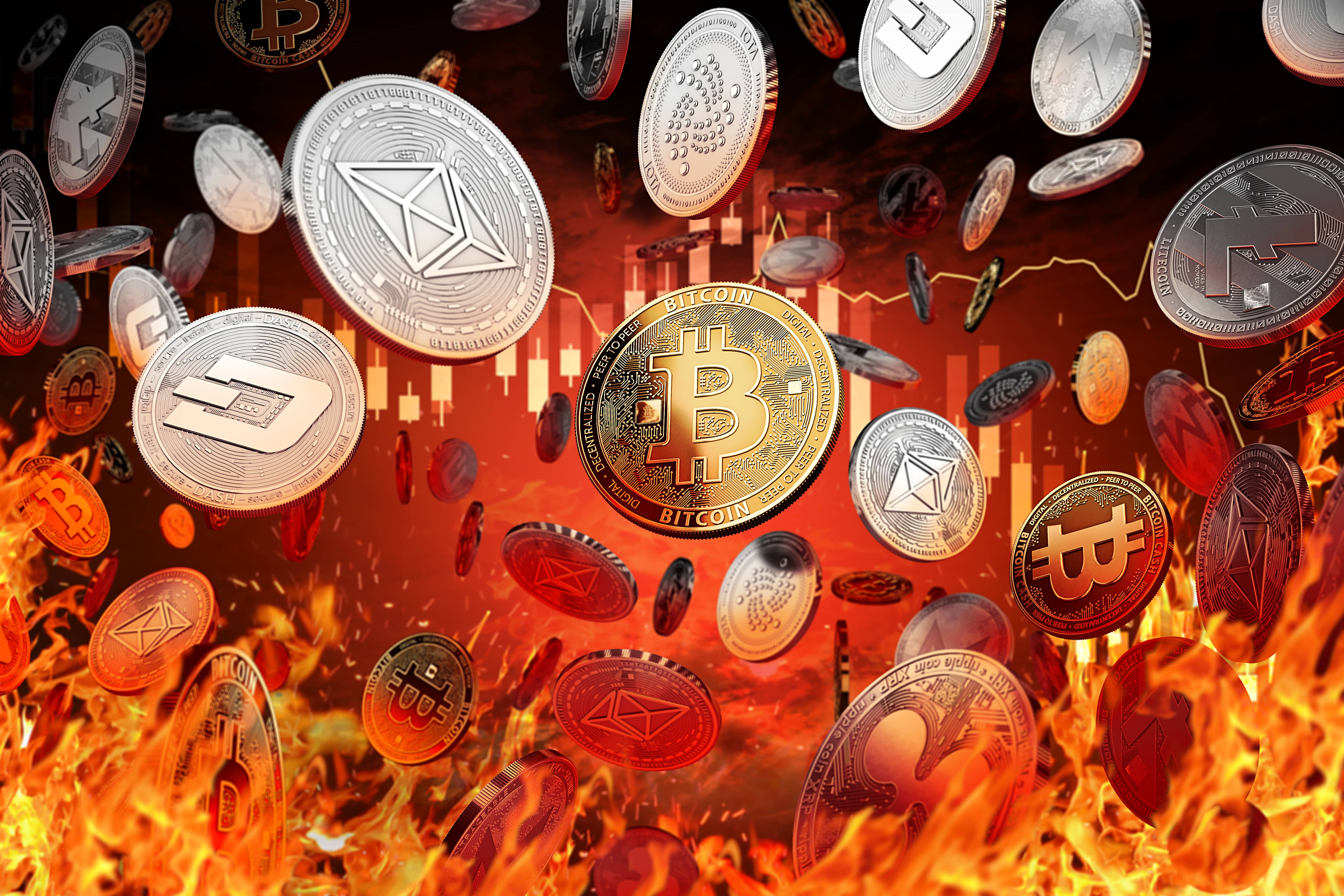The cryptocurrency market still has much to prove if it is to shake off its ‘wild west’ image after the dramatic collapse of algorithmic stablecoin TerraUSD (UST) caused systemic risk across digital assets.
Last week, UST – which is supposed to maintain a 1-to-1 peg with the US dollar –plummeted as low as $0.17, highlighting the potential dangers of stablecoins.
The move sent shockwaves through the crypto market, wiping $1trn off the asset class’s value and causing the price of luna – one of the top 10 cryptos by market cap – to crash 99.9% from over $100 to almost $0, as at 15 May.
Unlike many stablecoins that theoretically have an equivalent amount of collateral, UST – an algorithmic stablecoin – allows arbitrageurs to create and redeem in return for luna. This means if UST starts trading at $0.99, an arbitrageur can buy at this level and redeem for $1 of luna which, in theory, should stabilise the price in a process known as the burn-and-mint mechanism.
After a sell-off sent the price of UST to $0.46 last week, Terraform Labs and the Luna Foundation increased the supply of luna coins to 6.5 trillion, up from 340 million, according to 21Shares, in an attempt to maintain UST’s 1-to-1 peg with the US dollar.
With supply far outstripping demand, the price of luna collapsed to almost $0 forcing two terra ETPs, the 21Shares Terra ETP (LUNA) and the VanEck Terra ETN (VLNA), tohalt creations and redemptionslast Friday, while the Valour Terra (LUNA) ETP suspended trading entirely.
The significant risks associated with algorithmic stablecoins, in particular, have been stressed previously. In a November 2021 research paper titledBuilt to Fail: The Inherent Fragility of Algorithmic Stablecoins, Ryan Clements of the University of Calgary warned algo coins “exist in a state of perpetual vulnerability”.
“Algorithmic stablecoins are inherently fragile,” he said. “First, they require a support level of demand for operational stability. Second, they rely on independent actors with market incentives to perform price-stabilizing arbitrage. Finally, they require reliable price information at all times. None of these factors are certain.”
The crash has prompted a backlash from more mainstream corners of the financial industry. Last Thursday, US Treasury Secretary Janet Yellen said terra’s fall highlights the dangers of so-called stablecoins that claim to be pegged to the US dollar.
“I would not characterise it at this scale as a real threat to financial stability but they are growing rapidly and they present the same kind of risks that we have known for centuries in connection with bank runs,” Yellen said.
Meanwhile, Susannah Streeter, senior investment and markets analyst at Hargreaves Lansdown, said the collapse of terra demonstrates the need for regulation in the space.
“The crypto wild west is taking a breather after reeling from the crash brought on by the collapse of a so-called ‘stablecoin’, which demonstrated that it was anything but what it said on the tin,” she added.
“This latest plunge in the wheel of fortune demonstrates that speculating in cryptos is extremely high risk and are not suitable for investors who do not have money they can afford to lose.”
Regulators have a crucial role in ensuring investors are well protected in this space. Calls for a global crypto regulatory body are welcome and is the first step in moving crypto away from its ‘wild west’ reputation.
Related articles




